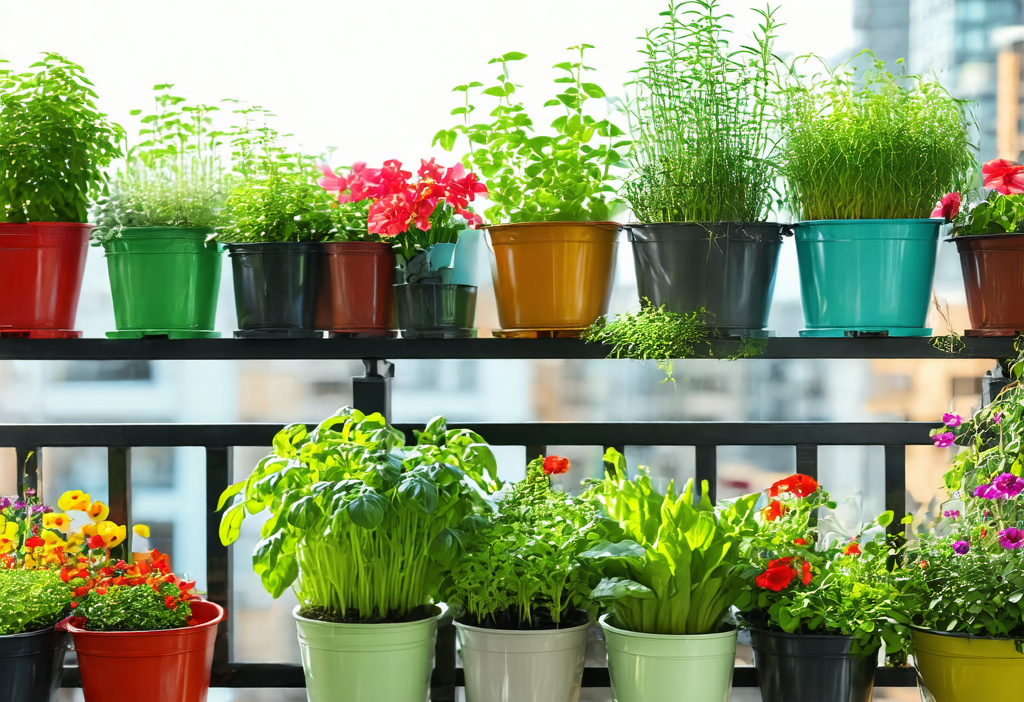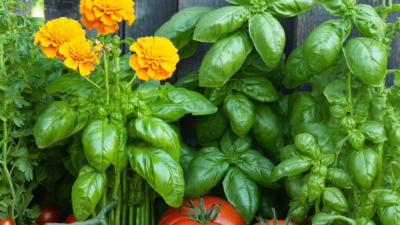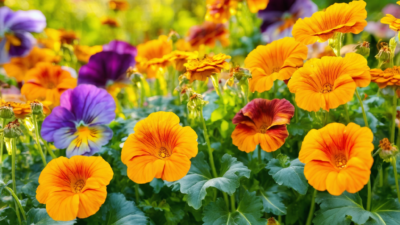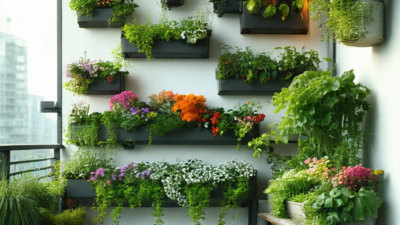Thriving in the Concrete Jungle: A Comprehensive Guide to Urban Gardening
Urban gardening is more than just a hobby; it’s a movement. In an era where green spaces are scarce, urban gardening offers a way to reconnect with nature, improve air quality, and even grow your own food. Whether you’re a seasoned gardener or a complete novice, this guide will help you turn your balcony, rooftop, or small backyard into a thriving garden.
Why Urban Gardening Matters
Urban gardening isn’t just about aesthetics. It has numerous benefits:
- Improves air quality: Plants absorb carbon dioxide and release oxygen, helping to combat pollution.
- Saves space: You don’t need a large yard—container gardens can be placed almost anywhere.
- Encourages sustainability: Growing your own food reduces the environmental impact of transportation and packaging.
- Promotes mental well-being: Studies show that gardening can reduce stress and improve mood.
Essential Tools for Urban Gardening
Before you start, gather these essentials:
- Pots and containers: Choose the right size based on your plants’ needs. Ensure they have drainage holes.
- Soil mix: Use high-quality potting soil rich in organic matter.
- Fertilizer: Opt for slow-release or liquid fertilizers to keep your plants nourished.
- Watering tools: A watering can or hose with a spray nozzle is ideal for precise watering.
- Gardening gloves: Protect your hands while planting and weeding.
Maximizing Space in Urban Gardens
Space constraints are common in urban settings, but with creativity, you can make the most of what you have:
- Vertical gardening: Use wall-mounted planters or hanging baskets to save space.
- Container gardens: Repurpose old containers like buckets or bins as planters.
- Stackable pots: Some designs allow you to stack plants vertically, maximizing vertical space.
Choosing the Right Plants for Your Urban Garden
Selecting the right plants is crucial. Here are some tips:
- Consider light conditions: Most vegetables and herbs require at least 6 hours of sunlight daily.
- Start with easy-to-grow plants: Herbs like basil, parsley, and mint are great for beginners.
- Incorporate companion planting: Certain plants grow well together. For example, tomatoes and marigolds can be planted together to deter pests.
Building a Community Through Urban Gardening
Urban gardening isn’t just an individual activity—it’s a community effort. Consider:
- Joining a community garden: Many cities have shared plots where you can grow alongside others.
- Organizing workshops: Share your knowledge with neighbors and encourage them to start their own gardens.
- Participating in local events: Attend farmers’ markets or gardening fairs to connect with other urban gardeners.
Overcoming Challenges in Urban Gardening
Urban gardening comes with its own set of challenges, but they’re manageable:
- Pest control: Use natural methods like introducing ladybugs or using neem oil.
- Watering restrictions: Collect rainwater in barrels for sustainable irrigation.
- Regulations and guidelines: Check local regulations regarding gardening on rooftops or balconies.
The Future of Urban Gardening
As urbanization continues, the importance of green spaces grows. Urban gardens are more than just patches of plants—they’re a symbol of hope and sustainability in our cities. By embracing this trend, we can create cleaner, healthier, and more beautiful urban environments for future generations.
Get Started Today!
Don’t let limited space hold you back. With the right approach, anyone can enjoy the benefits of urban gardening. Start small, experiment, and watch your garden flourish in the heart of the city.





